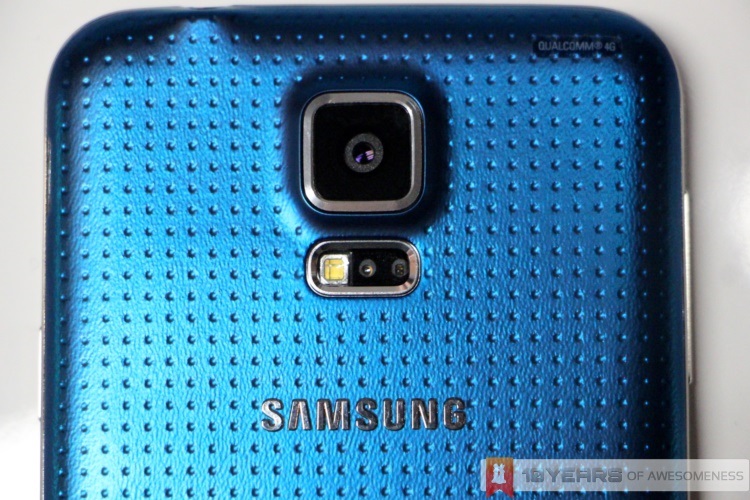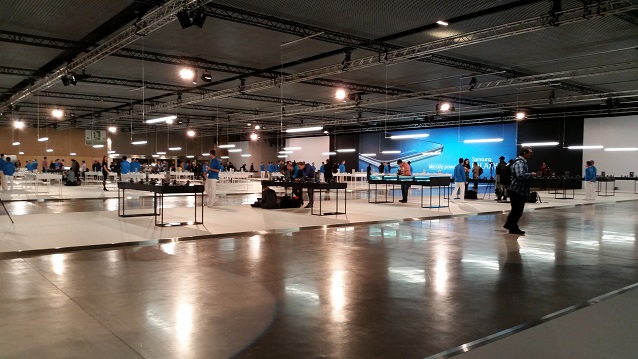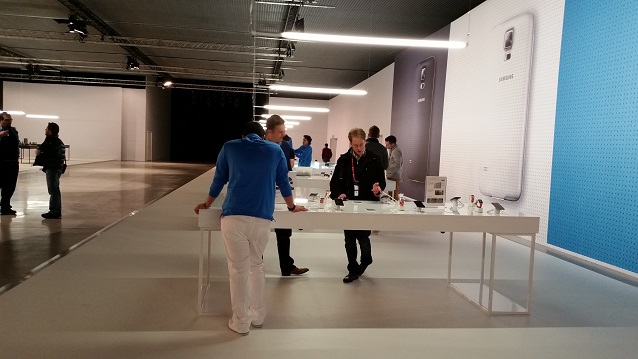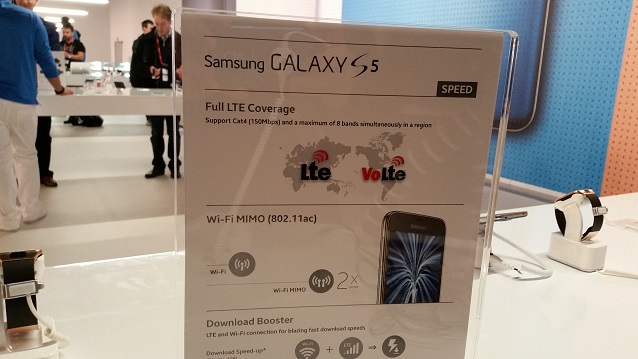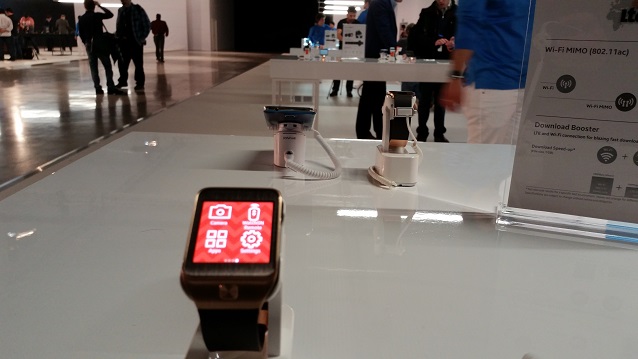Samsung’s latest Galaxy S5 features the most advanced camera sensor on a Samsung smartphone ever. In addition to a 16MP sensor, Samsung also brings a first to smartphones: a Phase Detect Auto Focus system on its sensor, allowing for a crazily quick 0.3 seconds auto focus. In addition, the new Selective Focus mode also sounds like a very impressive feature. But how do they actually perform? We took some image samples on the Galaxy S5 to find out. Each 16MP image amounts to about 4MB, but once you snap in Selective Focus, it is clear that there is a lot of post-processing being done. Each Selective Focus shot is about 18MB in size – well over four times the original image size.
Click on the images below for full-resolution image.
The images taken below were at the Experience Zone of the Samsung Unpacked event from late last night, and the lighting conditions in the indoor arena were not that great. They’re not exactly low-light conditions, but these are exactly the type of lighting that smaller camera sensors struggle with. With the Galaxy S5, the speed at which the camera focuses is sensational. Activate the camera, tap to focus, and shoot – all in one motion. Amazing. In low-light conditions the sensor will naturally suffer, as the red circle will indicate on the screen, but the sensor almost never hunts for focus. Below are some sample shots taken to compare the Normal and Selective Focus modes:
Click on the images below for full-resolution image.
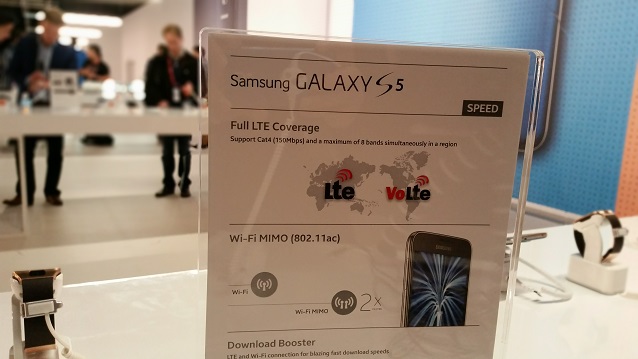 Selective Focus ON (focused on the Galaxy S5 features paper in the foreground)
Selective Focus ON (focused on the Galaxy S5 features paper in the foreground)
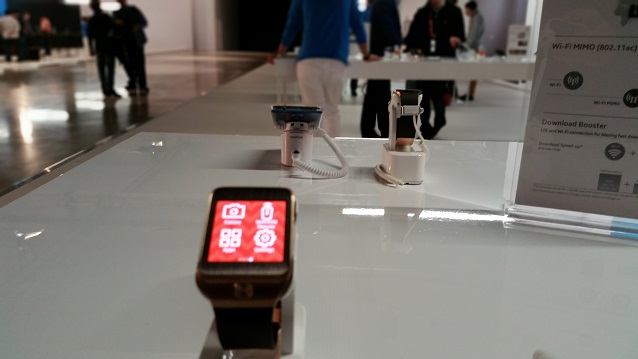 Selective Focus ON (focused on the Galaxy S5 and Gear 2 on the background)
Selective Focus ON (focused on the Galaxy S5 and Gear 2 on the background)
As can be seen, the Selective Focus is somewhat similar to the Nokia Refocus app the Finnish company introduced at Nokia World late last year, but with a different application. With Selective Focus, you select at the point of shooting what is your subject, and the sensor will attempt to add depth to the image by blurring out anything but the subject. While at closer look it does appear that there is plenty of software post-processing going on to soften the blurred areas, the results are still much better than images snapped on Normal mode.
Samsung’s latest camera sensor for the Galaxy S5 may not be as technically superior as Nokia’s PureView cameras, but it sure goes some way in claiming to be one of the better all-rounded smartphone cameras around. We’re definitely looking forward to testing it out a lot more when it is officially available in Malaysia.
Follow us on Instagram, Facebook, Twitter or Telegram for more updates and breaking news.


